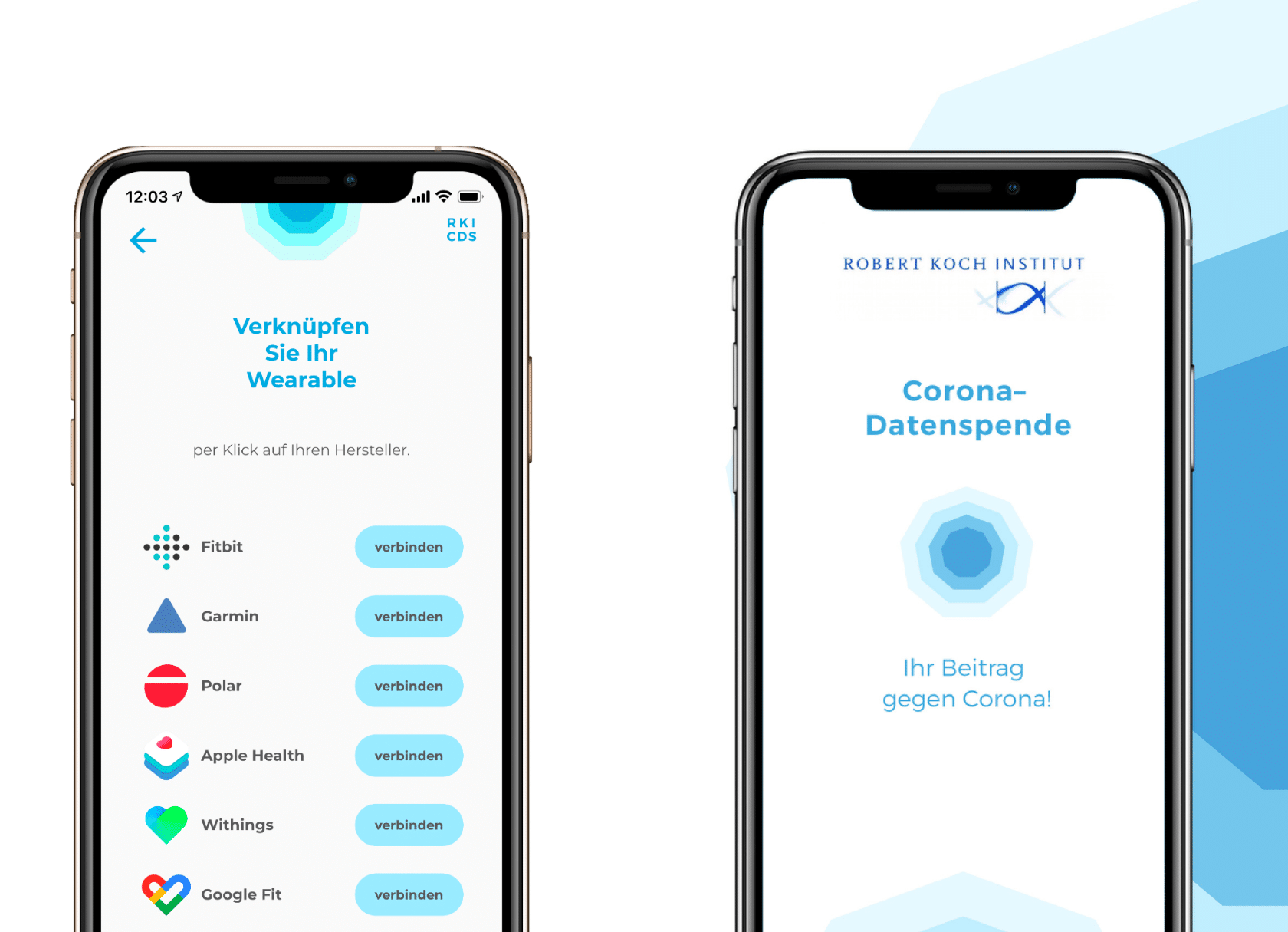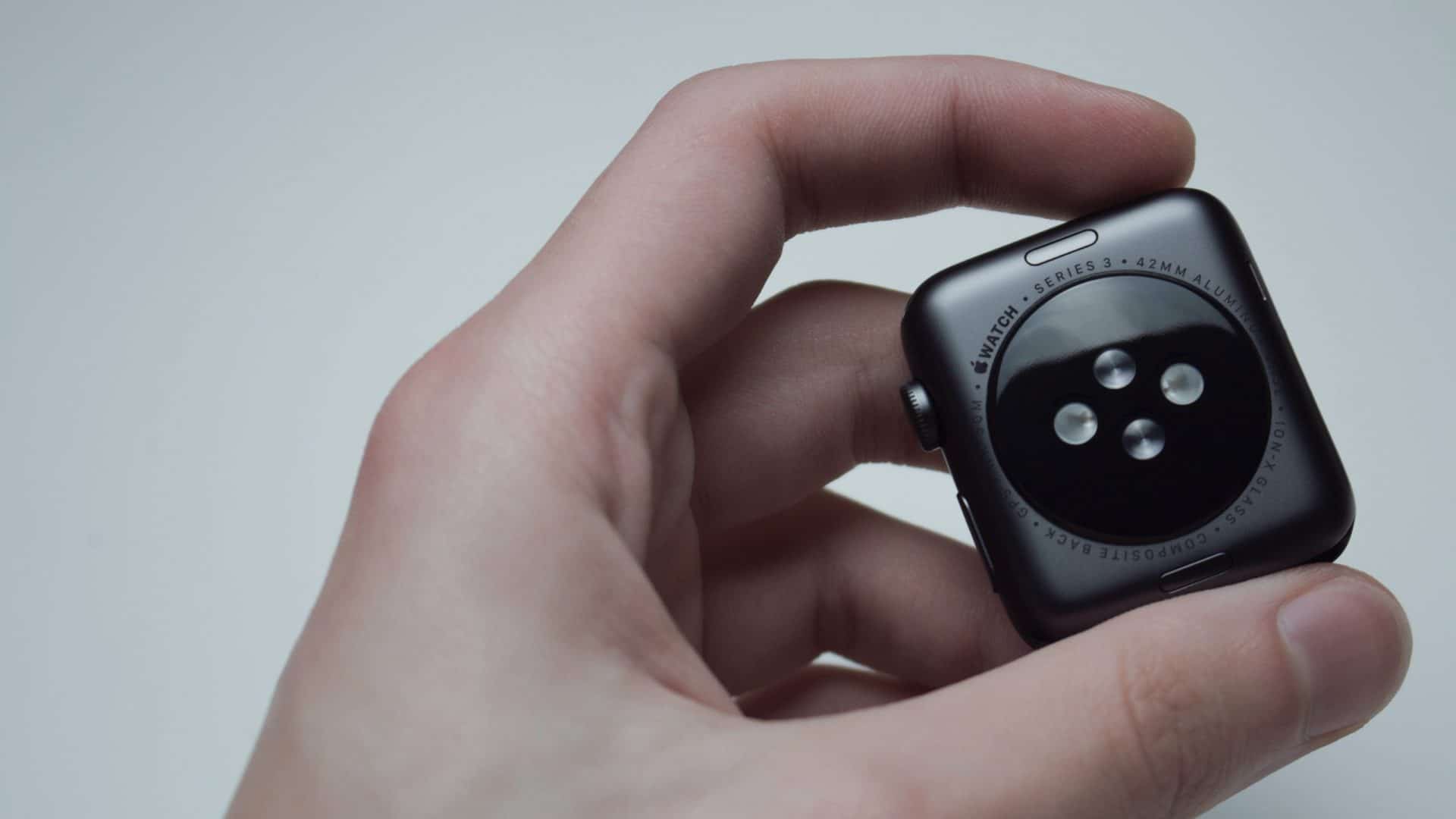Wearables in Healthcare
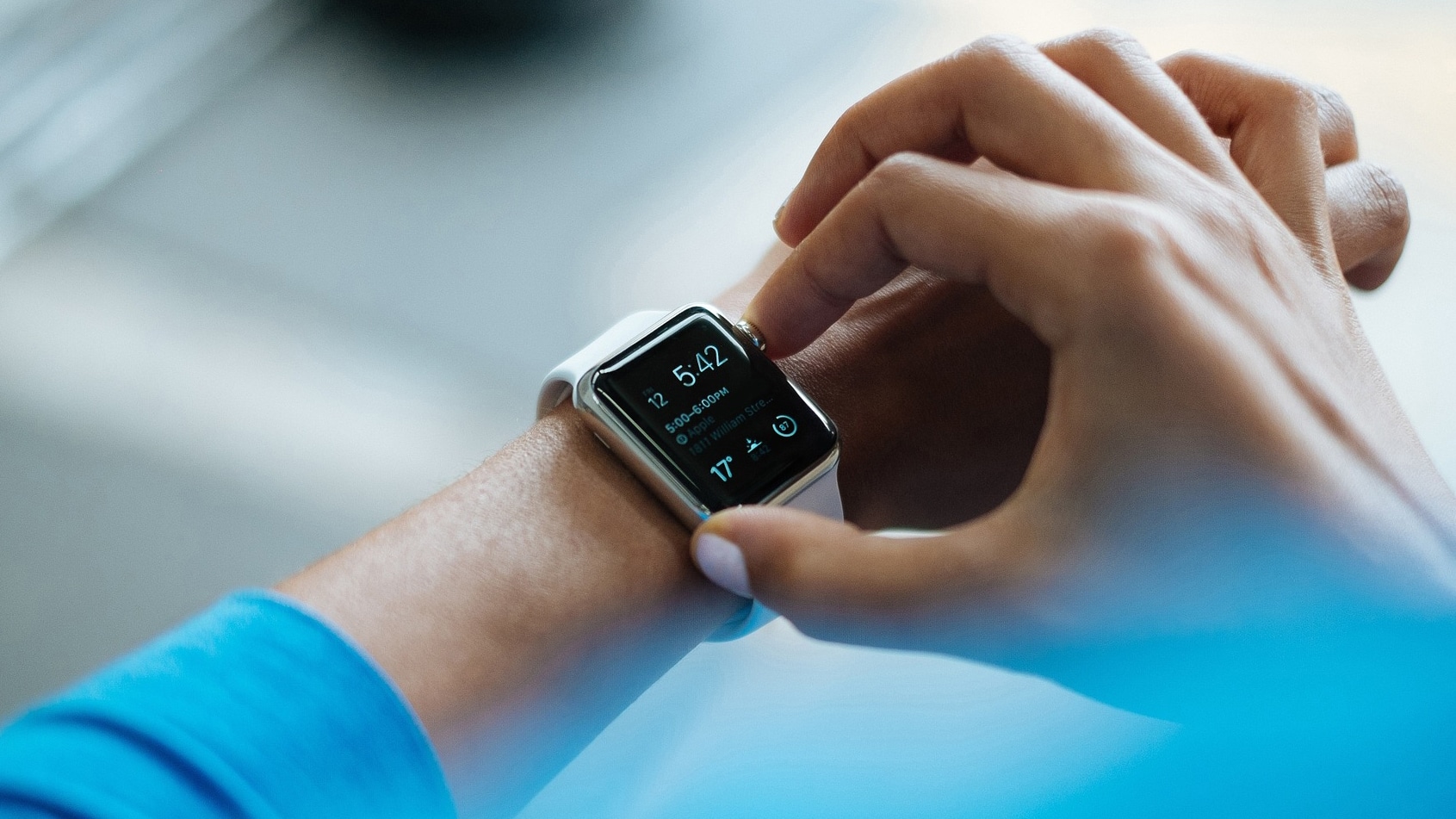
Modern sensor technology enables the continuous measurement of people’s health outside the hospital. Wearables incorporate such sensors in fitness trackers and smartwatches, as well as smart rings and connected patches. The advantage of the technology is evident: Wearables are widely used by consumers and provide the essential data for modern, data-driven healthcare.
What are wearable devices?
Wearables are electronic devices worn on the body. They are equipped with a variety of sensors and connect to devices like smartphones using Bluetooth, Wi-Fi, or a cellular connection. Leading manufacturers of wearables are APPLE, Xiaomi, SAMSUNG, and Huawei, followed by more specialized manufacturers like Fitbit, Garmin, Huami (Amazfit), WITHINGS, and Oura.
Starting as functional extensions for smartphones and computers (e.g. notifications, music control, apps) wearables turned fast towards lifestyle, fitness, and healthcare products. Driven by consumer demands of passive monitoring of their own health, wearable technology is one of the leading technologies enabling digital and proactive healthcare.
US consumer use of wearables jumped from 18% in 2015 to 54% in 2020, according to Rock Health. Research from Business Insider Intelligence shows, more than 80% of consumers are willing to wear wearable technology.
Device overview
The fitness and health tracker
Most fitness and health trackers are wristbands with a wide range of sensors to keep track of the user’s physical activity and vital data. They connect to smartphone apps and provide users an overview of the collected data and activity achievements, some manufacturers incorporate health- and fitness-related recommendations.
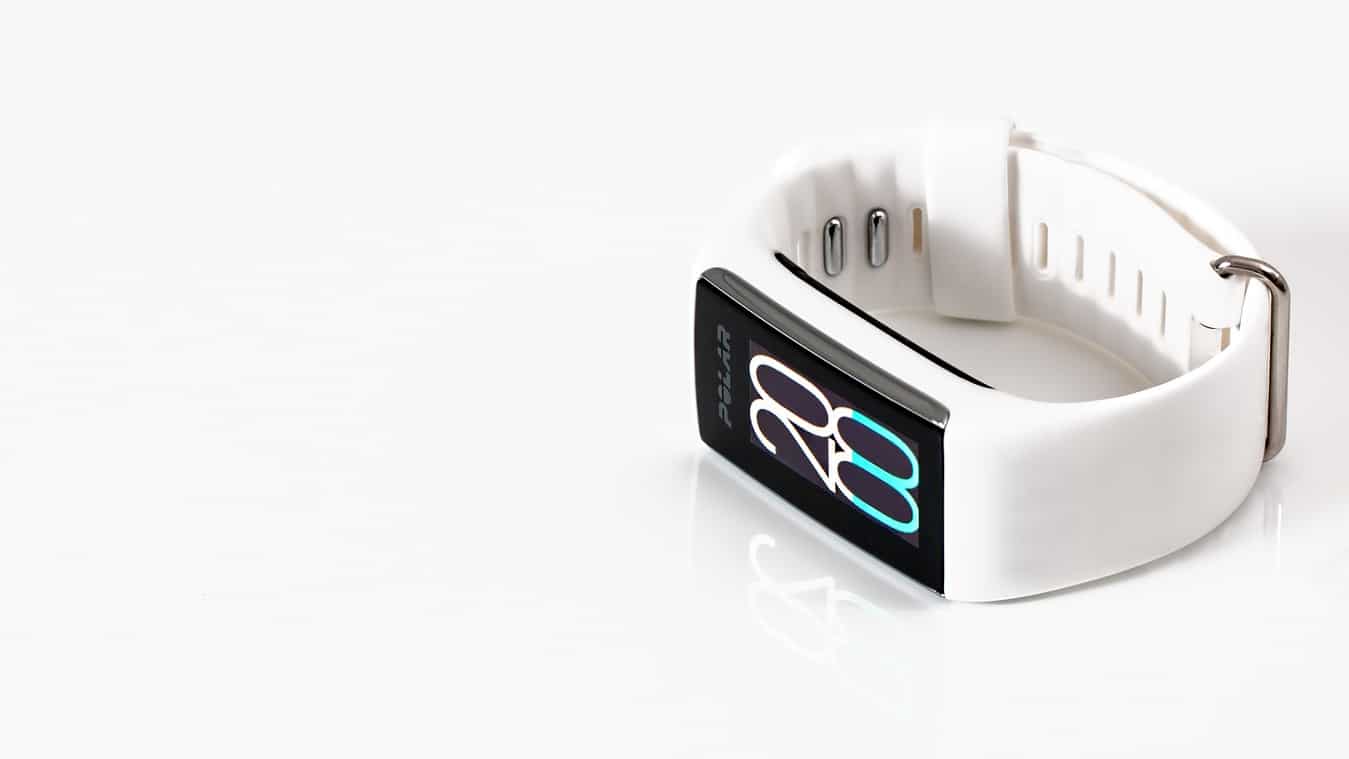
The most basic and cheapest fitness trackers collect data on steps, exercises, and sleep. More and more devices are equipped with sensors to measure the heart rate. We expect the next generation of fitness and health trackers to incorporate more advanced sensors to measure body temperature, as well as blood glucose.
Fitness and health trackers are ideal for passive long-term monitoring of activity, sleep, and vital data due to their long battery life of up to 30 days and their lightweight design.
Fitness and health trackers can be as cheap as $10 and range up to $100 depending on functionality and device quality.
Learn how rehabilitation service CASPAR is using wearables to improve patient experience
The smartwatch
Initially used as a second screen of smartphones for notifications and small apps, smartwatches have transformed into connected medical devices with lifestyle functionalities. Modern devices like the Apple Watch Series 6 and the Fitbit Versa allow to conduct ECGs, measure SPO2 and detect disorders like atrial fibrillation.
Compared to fitness and health trackers, smartwatches allow for more advanced data collection. Smartwatches with Wear OS enable furthermore access to raw sensor data for scientists and researchers.
Smartwatches with advanced sensors typically range in price from $250 to $400.
The smart ring
Smart rings are an evolution of the traditional fitness tracker. The obvious difference: Smart rings are smaller and more discreet than wristbands. The functionality of smart rings ranges from single-purpose (NFC rings, Alexa rings) to fully-equipped fitness trackers (CIRCUL, OURA, SLEEPON).
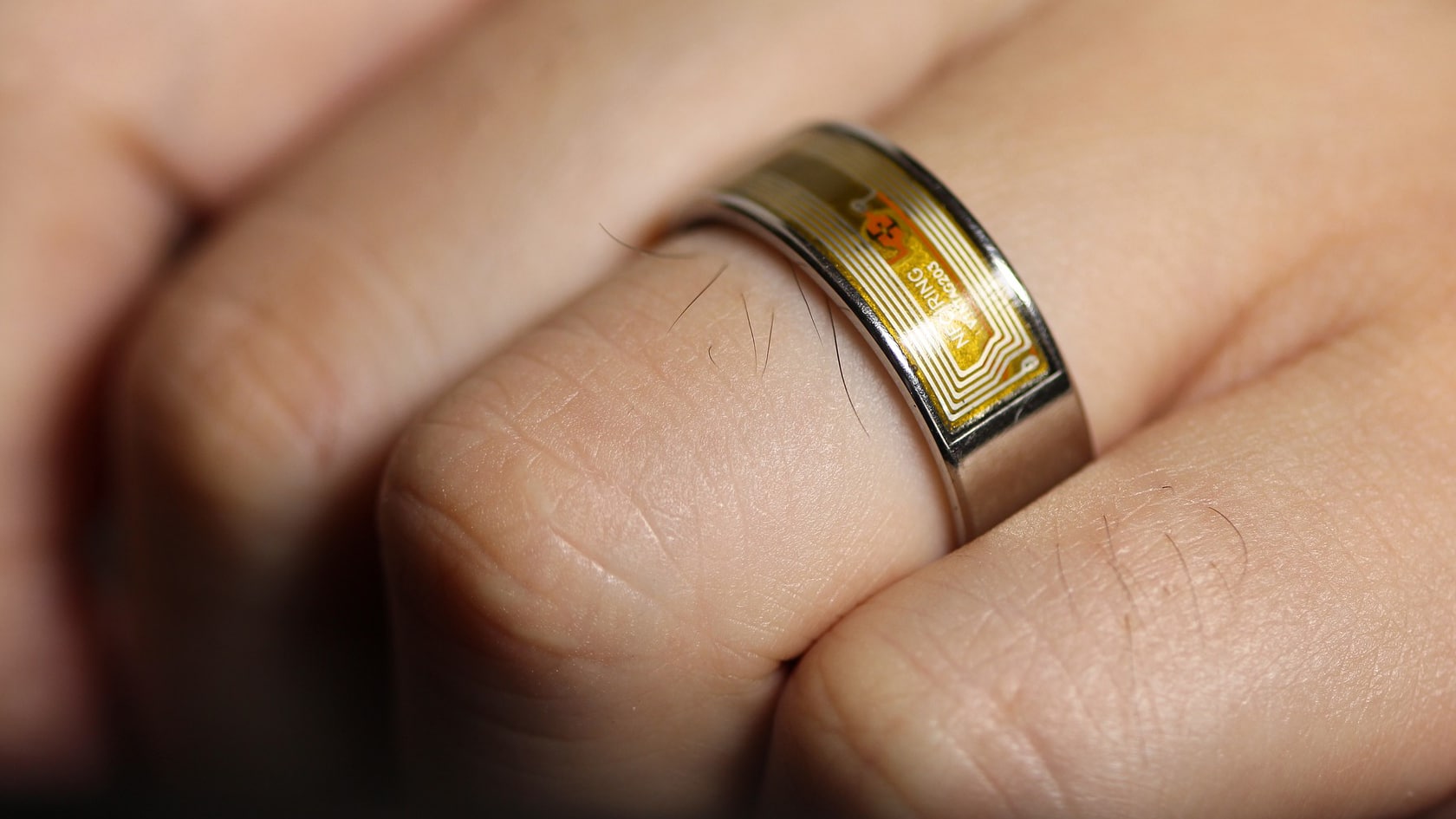
Due to their position on the user’s body (finger, not wrist) smart rings tend to provide higher quality data on heart rate. Some rings also measure SP02.
Smart rings are still a very young category in the wearable sector and have still a lot of potential to evolve their functionality.
Smart rings with health tracking functionality range from $100 to $400.
The connected patch
The connected path with smart sensors is still a rather experimental category of wearables. Several manufacturers and researchers work on sensors placed directly on the skin of users.
Connected patches tend to have a single-purpose sensor set for specific indications. Manufacturers like VIVALNK provide patches with sensors for ECG monitoring, temperature monitoring, or Sp02 monitoring. Research-focused teams work on patches for stress monitoring and sweat monitoring.
One of the most sophisticated and widely adopted wearable patches is the FreeStyle Libre by Abbott Diabetes Care. The patch measures glucose levels in the interstitial fluid between the cells right under the skin and allows patients to monitor their glucose levels continuously and wirelessly, either using a reading device or downloading an app on their phones.
A pivotal shift? Connected medical devices
As traditional wearables transform more and more from gadgets to medical devices, traditional medical devices like blood pressure monitors, glucose monitors, or hearing aids become smarter and offer better experiences.

In 2019 Omron launched the HeartGuide, the first wearable blood pressure monitor – a smartwatch-like device offering oscillometric blood pressure monitoring. Another segment with numerous connected medical devices is diabetes. Providers such as Freestyle Libre, iHealth and B.Braun offer respective hardware.
The issue with accessing wearable data
While monitoring activity, vital functions, or other data are very easy, manufacturers store this crucial data in hidden data silos. Integrating and maintaining the data connection to all major manufacturers to allow users to connect their own devices to healthcare applications poses a big challenge.
Technology providers like Thryve enable access to more than 300 wearable devices and data sources through a single integration. Digital health services, insurers, and care providers all over Europe use Thryve’s technology to access continuous health data from their users’ devices.
Learn more on how Thryve can help you to Connect to your users’ personal health data: Book A Demo
What’s next?
More and more insurers, health providers, and digital health apps incorporate wearable sensor technology into their service offerings. Continuous health monitoring through wearable technology is the new normal in healthcare applications in various indications.
Wearable data enables incentives for healthier lifestyles. Continuous data enables regular interactions with users based on characteristic changes in health data. And access to more and more data points enables to uncover of new health determinants for various indications.
Wearable technology is just at its start and exciting advancements are expected in the next years. As wearable technology becomes more conventional, more and more healthcare providers leverage the technology to influence healthy lifestyles and boost profitability.

